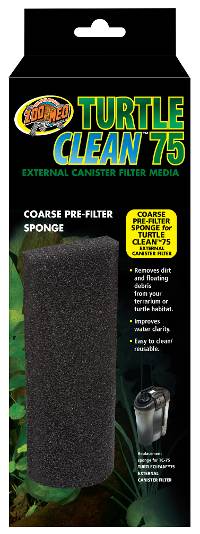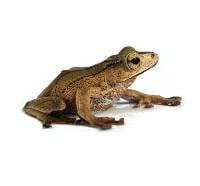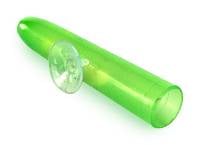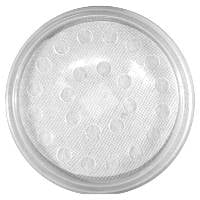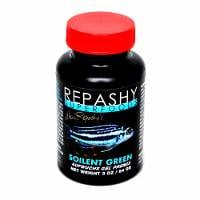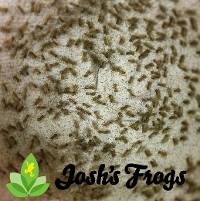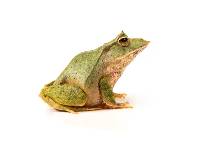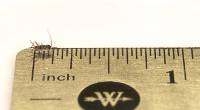Josh's Frogs
Triangle Tree Frog - Dendropsophus triangulum (Captive Bred)
Triangle Tree Frog - Dendropsophus triangulum (Captive Bred)
$44.99 0.0 out of 5 stars
(0)
0.0 out of 5 stars
(0)About This Product
Defining Characteristics:
- Great beginner tree frog
- Dark red brown and gold coloration and deep red underbelly
- Shy personality
- Moderate call
- Small size
- Nocturnal
- Can be housed in groups
Name: Dendropsophus triangulum are commonly called the Triangle Tree Frog due to the triangle pattern on their backs. Triangle Tree Frogs belong to a species complex of over 5 species total and this can lead to confusion in identification.
The other common name for this species is the Variable Tree Frog. D. triangulum can vary quite a bit and several pattern morphs, but the offspring produced at Josh's Frogs tend to be the triangle morph.
Recommended Terrarium Size & Setup: Triangle Tree Frogs are easy to house. They are smaller tree frogs and can inhabit a smaller enclosure – a 12x12x18 Exo Terra glass terrarium is a good size for 1-2 juveniles or adults.
Opinions on substrates vary – we’ve had luck with damp paper towel and sphagnum moss, as well as your typical layered bioactive set up with either ABG or Biobedding Tropical. If using sphagnum moss, make sure to press down the moss so it is flat – this will greatly reduce the risk of impaction. Paper towel will need to be changed 2-3 times a week.
Triangle Tree Frogs need constant access to fresh, clean water – a large water bowl is a must! Use an easy to clean dish, such as our Josh's Frogs Rock Water Dish, as the frog will be using the dish as a latrine and you will need to clean daily. Scrub the dish and disinfect with a 5% bleach solution or ReptiSan.
Temperature (°F): They do best when kept in the mid-high 70s. At Josh's Frogs, we house our hourglass tree frogs at 74-76 degrees. Temperatures in the mid/high 80s can quickly be fatal, especially when coupled with a lack of water or humidity.
Measure temperature with a digital temperature gauge.
Humidity: Triangle Tree Frogs require moderately high humidity, and are best kept at 60-70% humidity. Providing ventilation is very important - we recommend using at least a half screen top. Stagnant, humid conditions quickly leads to bacterial skin infections in Triangle Tree Frogs.
A large dish of clean water should always be provided. Monitor humidity with a digital hygrometer.
Size: At the time of sale, captive bred Triangle Tree Frogs from Josh’s Frogs will measure about 1/2 inch and be between 6 and 10 weeks old.
After about 10 months they will be nearly adult size, with males measuring about 1.25 inches and females around 1.5 inches.
Age: With proper care, Triangle Tree Frogs can live up to and over 5 years. All Triangle Tree Frog froglets sold by Josh's Frogs are 6-10 weeks old.
Feeding: At the time of sale, captive bred Triangle Tree Frogs from Josh’s Frogs have been chowing down on 1/8 inch crickets, and they will continue to eat that size until they are about 4 months out of the water. After about 4 months they can be transitioned to 1/4 inch crickets.
All crickets should be dusted with a quality vitamin/mineral supplement. At Josh's Frogs, we dust with Repashy Calcium Plus, Rep-Cal Calcium with D3, and Rep-Cal Herptivite.
Sexing: Triangle Tree Frogs are fairly easy to sex as adults. Females are much larger than males, with a wider and more stout head. Females will be about 1 inch longer than males, and are easily 50% heavier.
All Triangle Tree Frog froglets sold by Josh's Frogs are unsexable.
Color/Pattern: In daylight Triangle Tree Frogs are more of a muted brown, yellow, and cream color. At night when they are active, Triangle tree frogs are edged in bright gold lines and most will have a triangle or hourglass shape on their backs, although this varies from individual to individual. They also have a deep red underbelly.
Social Behavior: These frogs are easily kept in groups, especially when young. Make sure that all frogs are getting adequate food - sometimes froglets will outcompete each other.
We house males and females separately at Josh's Frogs - males may bother females by constantly trying to mate. If this happens, separate the frogs or reduce the humidity.
Josh's Frogs recommends purchasing multiple frogs if you are interested in breeding them – this greatly increases the chances of getting a pair.
Breeding: Triangle Tree Frogs travel down to the forest floor in search of pools of water to breed. Eggs are laid on vegetation at water level. Tadpoles grow in the pools, and can leave the water in 10-12 weeks.
Young Triangle Tree Frogs live around the edges of the pools, before making their way back up into the canopy. In captivity, Triangle tree frogs are typically bred in a rain chamber. Check out our video of Josh's Frogs Rain Chamber Setup.
Natural Range: In the wild, Triangle Tree Frogs inhabit the canopy of tropical rainforests, and are endemic Bolivia, Brazil, Colombia, Ecuador, and Peru.
History in the Hobby: Triangle Tree Frogs have had a mixed history in the hobby. Available typically as wild caught animals that did not survive for long, captive bred Triangle tree frogs tend to be hardy captives. This is a relatively new species to be captive-bred in the hobby and are less common than D. leucophyllatus. There is also evidence that there are different phases of D. leucophyllatus which include the normal phase and the giraffe phase. There are a couple of species in the complex that have these phases and won't all be D. leucophyllatus.
Links of Interest:
- Amphibiaweb
- Wikipedia
Still not sure if Triangle Tree Frogs from Josh's Frogs are the right pet frog for you? Read the reviews below and see what other customers are saying!
Shipping
After placing an order containing a live animal, you will receive a scheduling email containing our JotForm scheduling link to schedule your new pet's delivery date.
With this scheduling link, you will be able to schedule your order's delivery up to 30 days in advance. You will be able to choose a date of delivery for Tuesday-Saturday (Saturday arrival depends on the carrier's service availability) with the estimated time of arrival generally being 12pm, or 4:30pm for more rural areas. Overnight lows must be above 40°F to ship directly to you (or above 30°F for FedEx Ship Center pickups) as well as below 90°F by estimated time of arrival.
If you require further assistance, or prefer to talk to one of our Customer Service agents, please feel free to reach out to our [email protected] email or our phone line 1-800-691-8178.
Other Customers Also Bought
Customer Reviews
0.0 out of 5 stars
Review data
5 star reviews
- 0%
4 star reviews
- 0%
3 star reviews
- 0%
2 star reviews
- 0%
1 star reviews
- 0%

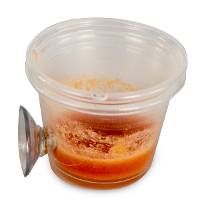
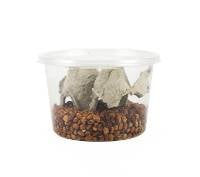

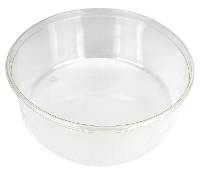
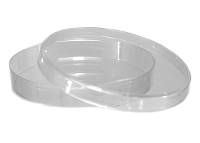
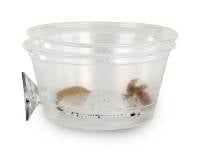
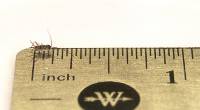
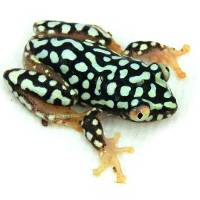
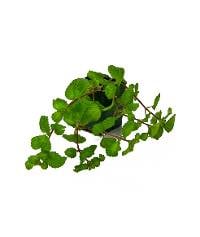
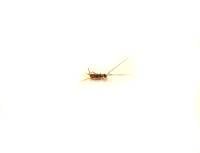
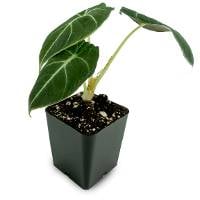
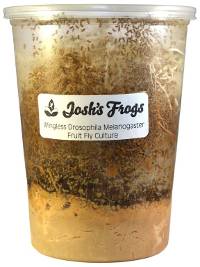
-1-a2bf6c72.jpg?width=200)


